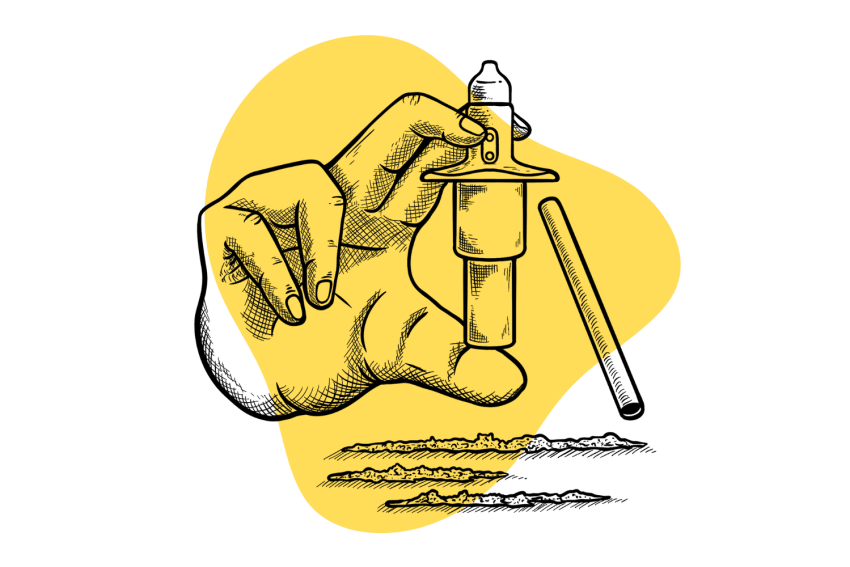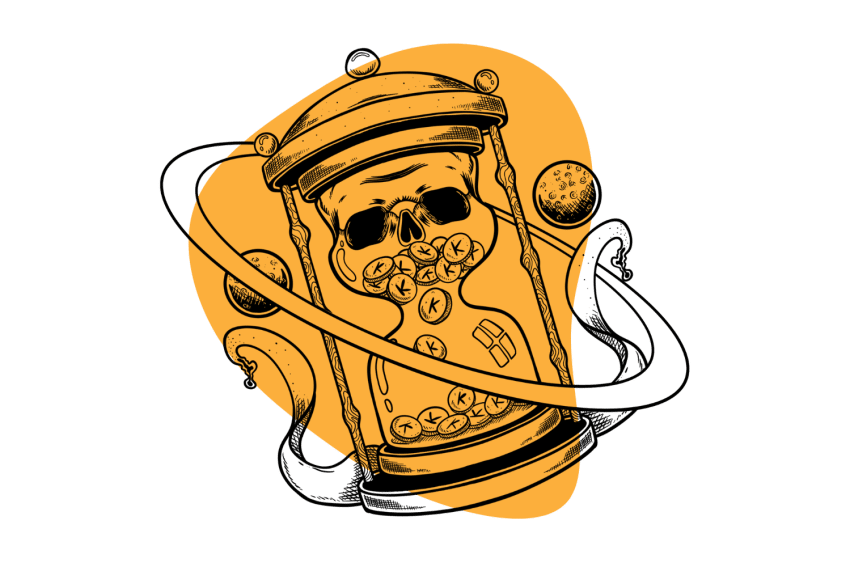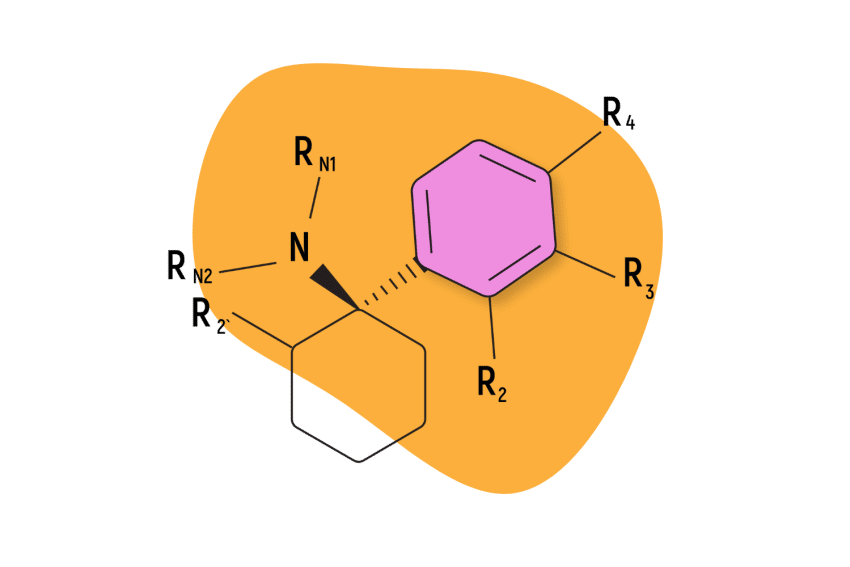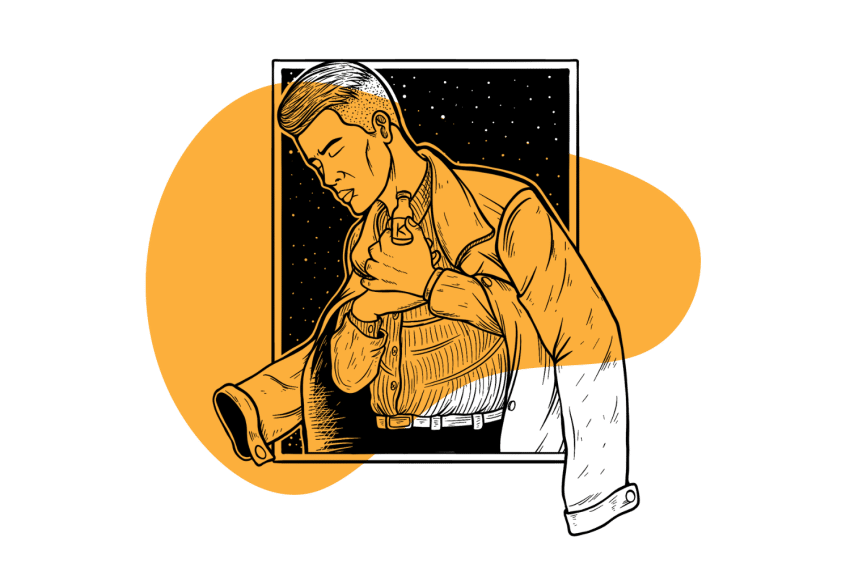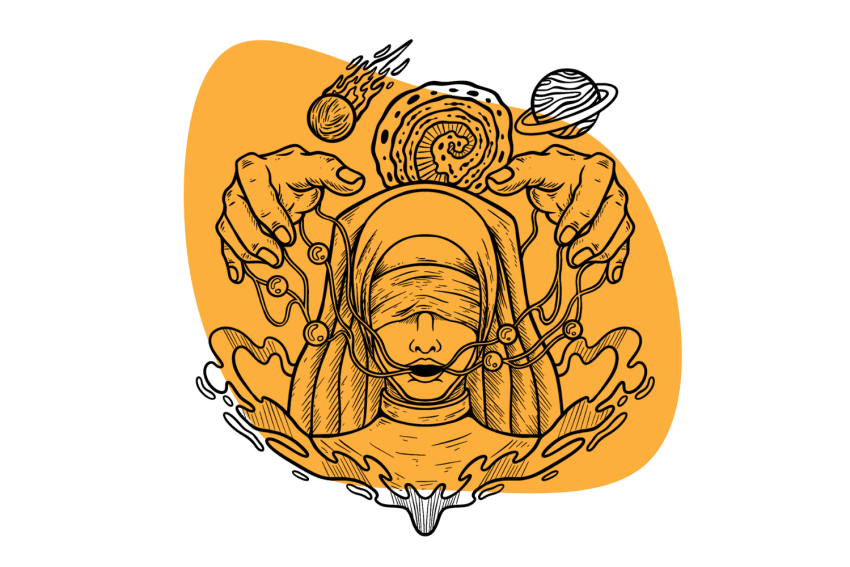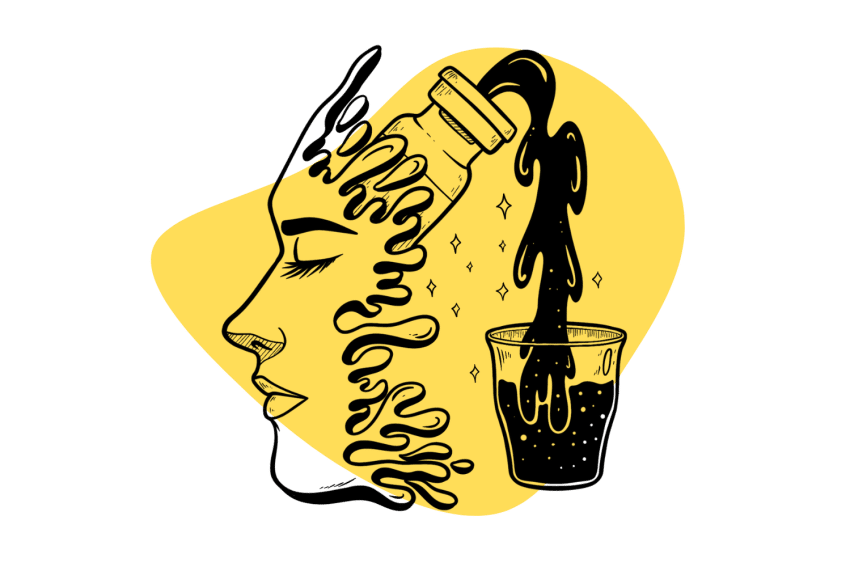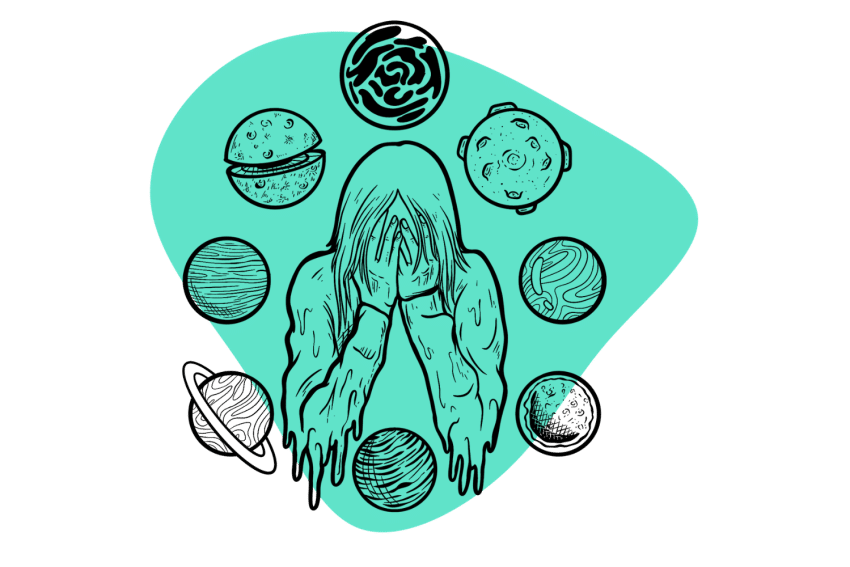Beyond Traditional Treatments: Does Ketamine Have a Future In Fibromyalgia Care?
Ketamine might have a role in fibromyalgia treatment. Here’s a look at the potential benefits, challenges, and the evolving perception in medical circles.

While many people associate ketamine as a street drug or its use as a “horse tranquilizer,” its role in medicine is quickly evolving. Beyond its application as an anesthetic in surgeries, ketamine is gaining traction as a treatment for chronic pain and depression.
Ketamine infusion therapy shows significant promise in relieving pain, improving mood, and offering a better quality of life for those living with this complex and often misunderstood condition.
In this article, we’ll take a closer look at the transformative potential of ketamine for fibromyalgia pain.
Understanding Fibromyalgia
Fibromyalgia is a chronic disorder characterized by widespread musculoskeletal pain. But that’s just the tip of the iceberg. Alongside this pain, many people struggle with debilitating fatigue, sleep disruptions, and mental health disturbances.
Diagnosing fibromyalgia is also a challenge, as there’s no single, definitive test for the condition. This means that medical professionals often rely on patient symptoms for an assessment.
How fibromyalgia processes pain is truly intriguing (and frustrating) for those with the condition.
In fibromyalgia patients, it’s as if the brain has turned up the volume on pain signals, amplifying the sensation to often unbearable levels. But pain isn’t the sole companion of fibromyalgia. Many also experience what’s colloquially known as “fibro fog,” a cognitive disturbance that can cloud thinking and focus.
So, what causes fibromyalgia?
There’s no exact cause definitively linked to fibromyalgia, but it’s found that women are diagnosed with fibromyalgia more frequently than men, pointing towards potential biological susceptibilities such as hormones [1].
And while scientists are still piecing together the puzzle of what exactly triggers fibromyalgia, current thinking suggests a blend of factors. Genetics might set the stage, and then infections or significant physical or emotional traumas could be the catalyst.
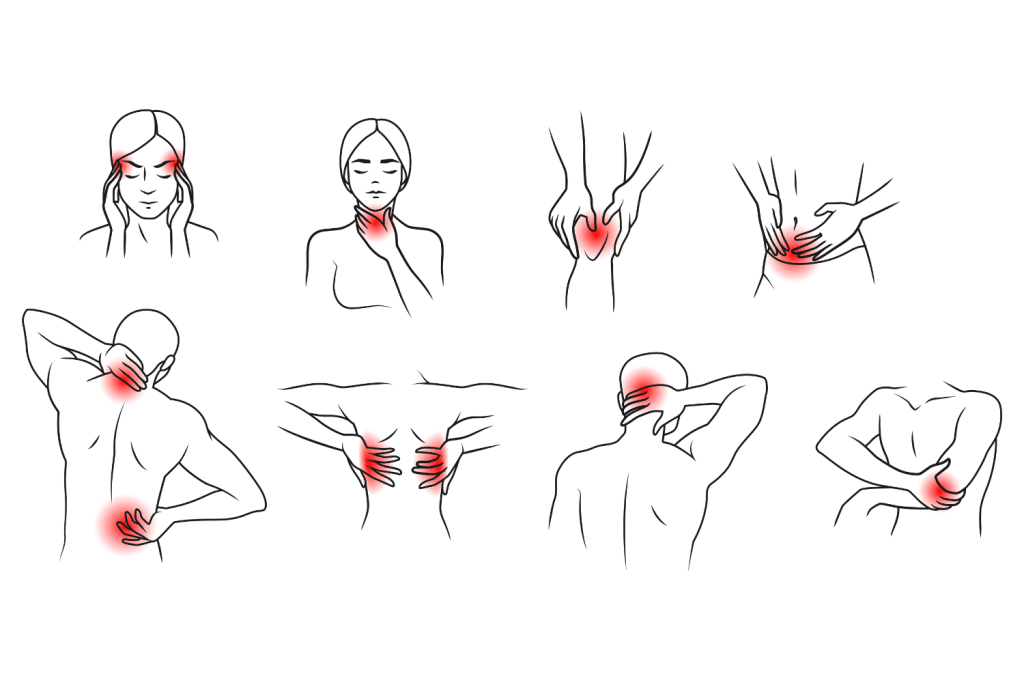
How Ketamine Works In the Body
Ketamine was initially developed as an anesthetic, but its application has significantly evolved and diversified over the decades, and it has even made its way into psychedelic circles.
Central to ketamine’s action in the body is its interaction with NMDA receptors — these are pivotal in how our brain perceives and modulates pain. Think of them like gates that allow pain signals to flow. Ketamine essentially works as a gatekeeper, blocking these receptors and disrupting the usual flow of pain signals.
But ketamine’s therapeutic potential doesn’t stop at pain management.
Recent research has unveiled a promising link between ketamine and mood disorders. Specifically, indicators suggest that ketamine can effectively reduce symptoms of depression, offering hope to those who haven’t found relief with traditional antidepressants [2].
One of the most intriguing aspects of ketamine’s action in the brain is its effect on the Default Mode Network (DMN). The DMN, in layman’s terms, can be described as our brain’s “autopilot mode.”
It involves self-referential thoughts or how we think about ourselves and our past and future.
Ketamine, in its fascinating versatility, appears to offer a “reset” button for the DMN, bringing it back to a more balanced state. This reset could be the key to the drug’s therapeutic benefits in mood disorders and its broader potential in neuropsychiatry.
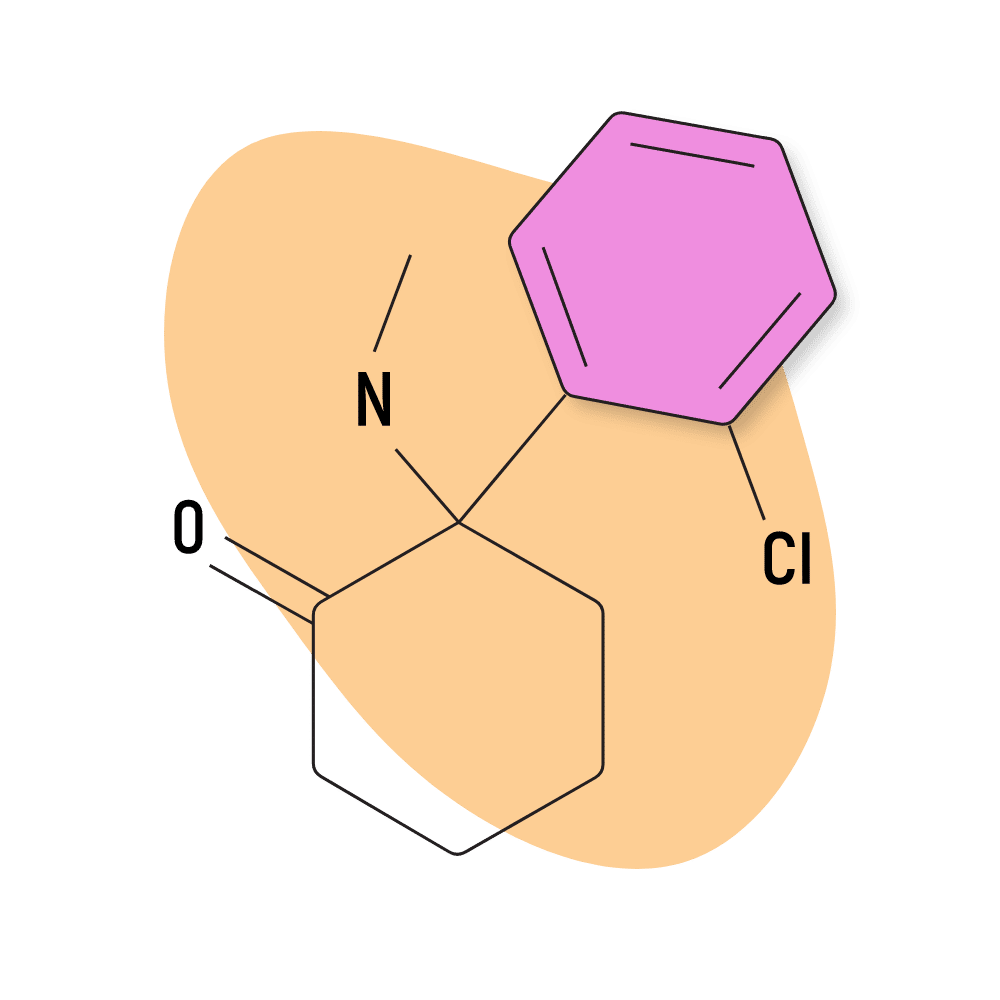
Ketamine Treatment for Fibromyalgia Pain
Administered as intravenous (IV) infusions in clinical settings, this approach to ketamine treatment ensures that the drug is introduced into the system in a controlled and precise manner.
Patients undergoing ketamine infusions for fibromyalgia have shared some promising feedback.
A common thread among many of their experiences is the notable alleviation of pain, which, in some cases, can last between 2 to 7 days post-infusion [3]. But the benefits continue beyond pain relief.
Many have reported noticeable improvements in muscle endurance, a significant boon for fibromyalgia patients, for whom muscle fatigue and weakness can be a debilitating daily challenge.
Alongside this, decreased tenderness at various points in the body has also been observed. This reduction in tenderness suggests a dampening of the hyper-sensitivity often characteristic of fibromyalgia.
Ketamine Treatment for Anxiety and Depression from Fibromyalgia
When discussing fibromyalgia, it’s important to understand that it’s not just a story of physical pain but intertwines with psychological elements that can affect one’s mental health.
This intricate relationship between mood disorders and chronic pain conditions like fibromyalgia has led to some interesting therapeutic overlaps, and that’s where drugs like ketamine come into the spotlight.
Certain drugs’ dual purpose in addressing pain and mood disorders makes a case for the interconnected nature of our physical and emotional well-being.
Take the antidepressant duloxetine as an example.
This drug, classified as an SNRI (Selective Serotonin and Norepinephrine Reuptake Inhibitor), was primarily developed to treat depression and anxiety. However, its efficacy wasn’t limited to mood modulation. The FDA approved duloxetine for fibromyalgia treatment to address the emotional and physical symptoms.
Why does this overlap matter? It showcases the brain’s complex role in pain perception.
When mood disorders like depression or anxiety are present, they often amplify pain perception. And vice versa, chronic pain can also lead to developing or exacerbating mood disorders. It’s a two-way street, and treatments that can address both facets offer a holistic approach to patient care.
Related: Medicine for the Mind — Psychedelics for Depression and Mental Health
Ketamine’s Side Effects
Ketamine, like many therapeutic agents, is a double-edged sword. While its potential benefits in pain management and mood disorders are undeniable, it’s equally important to be informed about its associated risks. Knowledge is power, especially when understanding how a drug might affect one’s body.
In the clinical setting, ketamine infusions are administered with meticulous care. These infusions are typically given at low doses, and the amounts are tailored to each individual’s unique needs and response. Precision ensures the patient receives therapeutic benefits while minimizing potential adverse reactions. It’s not a one-size-fits-all approach but rather a customized therapeutic journey.
However, even with this individualized approach, there are inherent risks associated with ketamine use. Some patients may experience hallucinations, reflecting the drug’s dissociative properties. This can range from mild distortions in perception to more vivid and potentially distressing hallucinatory experiences.
- Drowsiness is another side effect, which, while it might seem benign, can impact daily activities and responsibilities, especially if one needs to operate machinery or drive.
- Physical discomforts like nausea can also manifest, making the post-infusion period challenging for some patients.
- Although rarer, more severe implications for prolonged ketamine use include potential liver and bladder damage. These longer-term effects underscore the importance of monitoring and regular check-ups for patients undergoing frequent ketamine treatments.
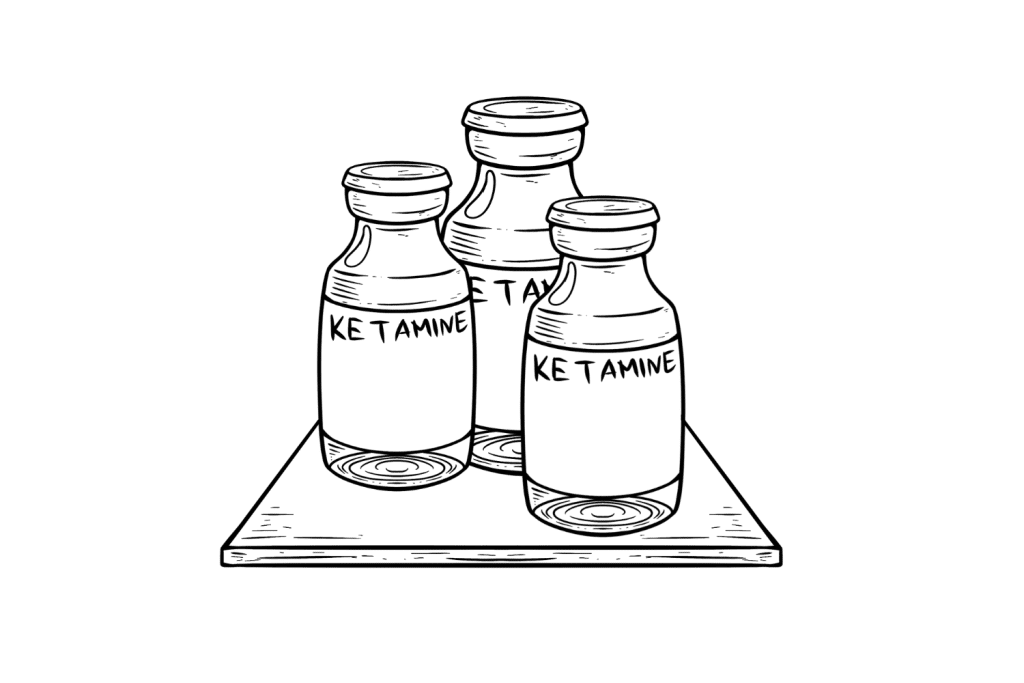
The Addiction Question: Is Ketamine Addictive?
Unlike many other substances, ketamine’s potential for addiction exists but is generally considered low, especially when contrasted with substances like opioids or certain stimulants.
When ketamine is used in controlled clinical settings, the dosages are carefully calibrated, the frequency is monitored, and medical professionals oversee the overall treatment. This regimented approach is worlds apart from the unchecked and often excessive consumption patterns seen in substance misuse.
Moreover, while recreational use of ketamine does exist, its effects — including the aforementioned hallucinations and dissociative experiences — can deter repetitive or high-dose misuse.
The experience isn’t always perceived as pleasurable or ‘euphoric’ in the traditional sense, making it less likely for habitual misuse when compared to other addictive substances. However, psychological dependence can occur with ketamine misuse.
Even still, ketamine presents a low risk when used responsibly and in the right context. Its potential therapeutic benefits, for many, far outweigh the comparatively minimal potential for misuse.
Just note that there is the potential for a psychological dependence on ketamine. Anything that makes you feel good can become habitual.
Related: A Journey Through Ketamine Withdrawal — What to Expect
The Slow Acceptance of Ketamine Treatments
Ketamine’s journey from an anesthetic to a potential treatment for conditions like treatment-resistant depression and fibromyalgia has been colored by its “trip-inducing” properties. When administered at precise doses in clinics or recreationally, ketamine can lead to profound alterations in perception, cognition, and emotions, placing it under the vast umbrella of psychedelics.
To many, “psychedelic” conjures images of the 1960s counterculture, wild trips, and uncontrolled experiences rather than therapeutic potential. Such cultural baggage undoubtedly shapes the views of even the most rational and evidence-driven professionals.
The skepticism isn’t entirely baseless. Like any tool, ketamine’s power can be harnessed for good or can lead to adverse outcomes if misused. But the “psychedelic” label often overshadows the burgeoning body of research that points to its therapeutic promise.
A degree of caution that sometimes tips into reluctance or even refusal to consider ketamine as a viable treatment option.
However, as with many revolutionary treatments, time and consistent research findings have a way of shifting perceptions. As more studies validate ketamine’s efficacy and more patients share their success stories, the scales are slowly tipping in favor of broader acceptance.
Moreover, the larger renaissance of psychedelic research, which includes compounds like psilocybin and MDMA, challenges the longstanding prejudices against these substances.
The Takeaway: Ketamine and Fibromyalgia
Fibromyalgia has eluded consistent treatment for years with its web of pain and fatigue. Yet, ketamine is carving a niche as a potential ally for sufferers.
Acting on specific brain pathways offers a fresh approach to symptom relief. However, given its side effects and societal perceptions, it has its challenges.
The bottom line? While ketamine shines a promising light in fibromyalgia care, it demands judicious use and understanding.
Subscribe to Tripsitter: Newsletter & Podcast
Unlock Your Mind: Subscribe for Expert Insights on Psychedelics 🍄🌵
References
- Arout, C. A., Sofuoglu, M., Bastian, L. A., & Rosenheck, R. A. (2018). Gender differences in the prevalence of fibromyalgia and in concomitant medical and psychiatric disorders: a national veterans health administration study. Journal of women’s health, 27(8), 1035-1044.
- Serafini, G., H Howland, R., Rovedi, F., Girardi, P., & Amore, M. (2014). The role of ketamine in treatment-resistant depression: a systematic review. Current neuropharmacology, 12(5), 444-461.
- Pastrak, M., Abd-Elsayed, A., Ma, F., Vrooman, B., & Visnjevac, O. (2021). Systematic review of the use of intravenous ketamine for fibromyalgia. Ochsner Journal, 21(4), 387-394.

